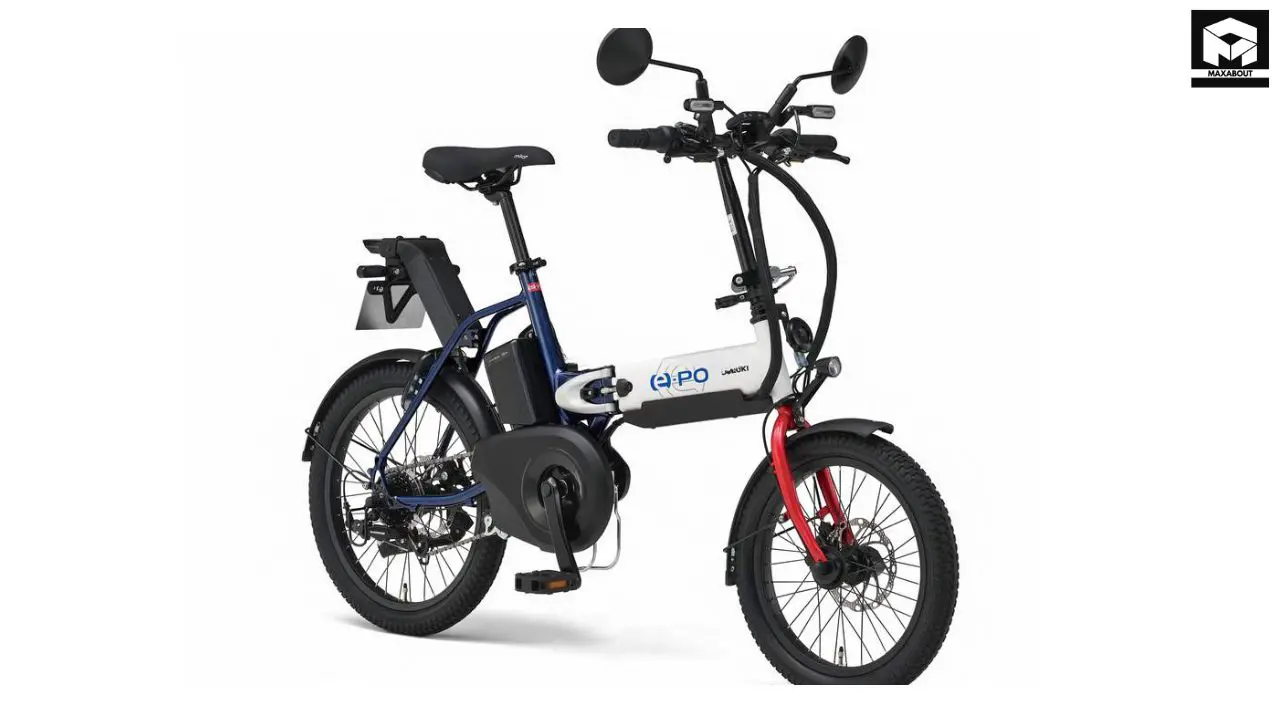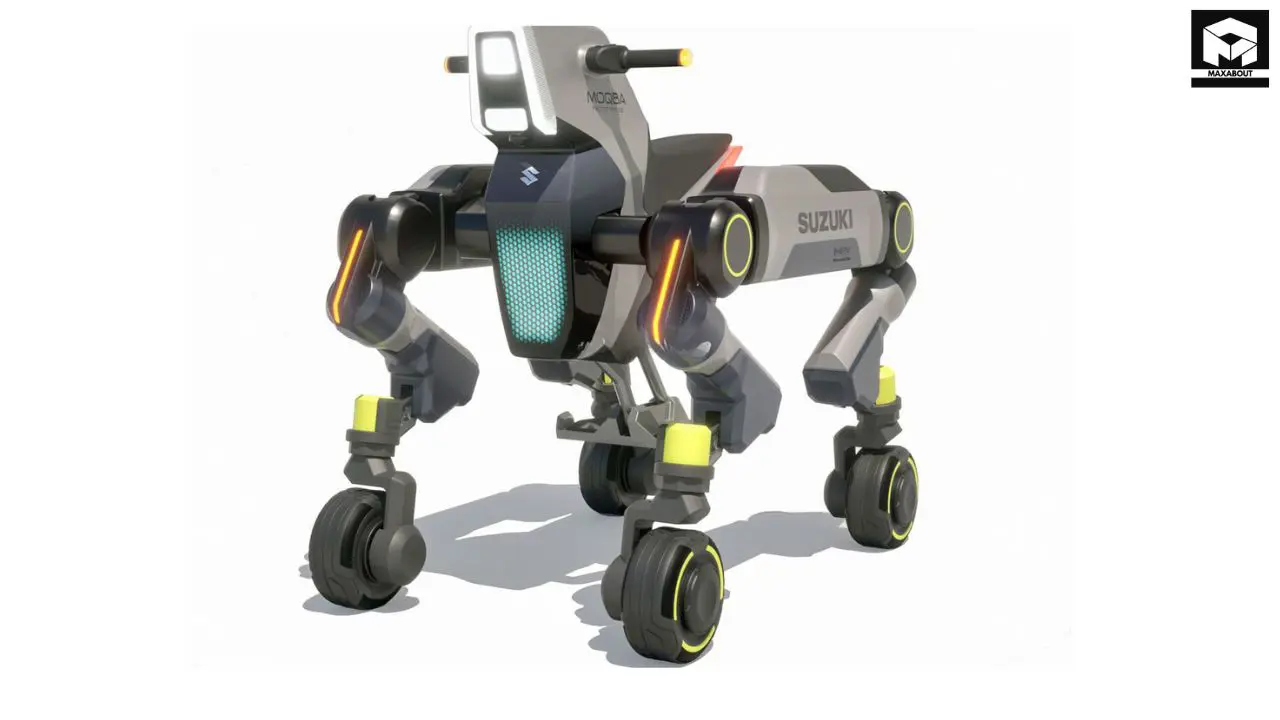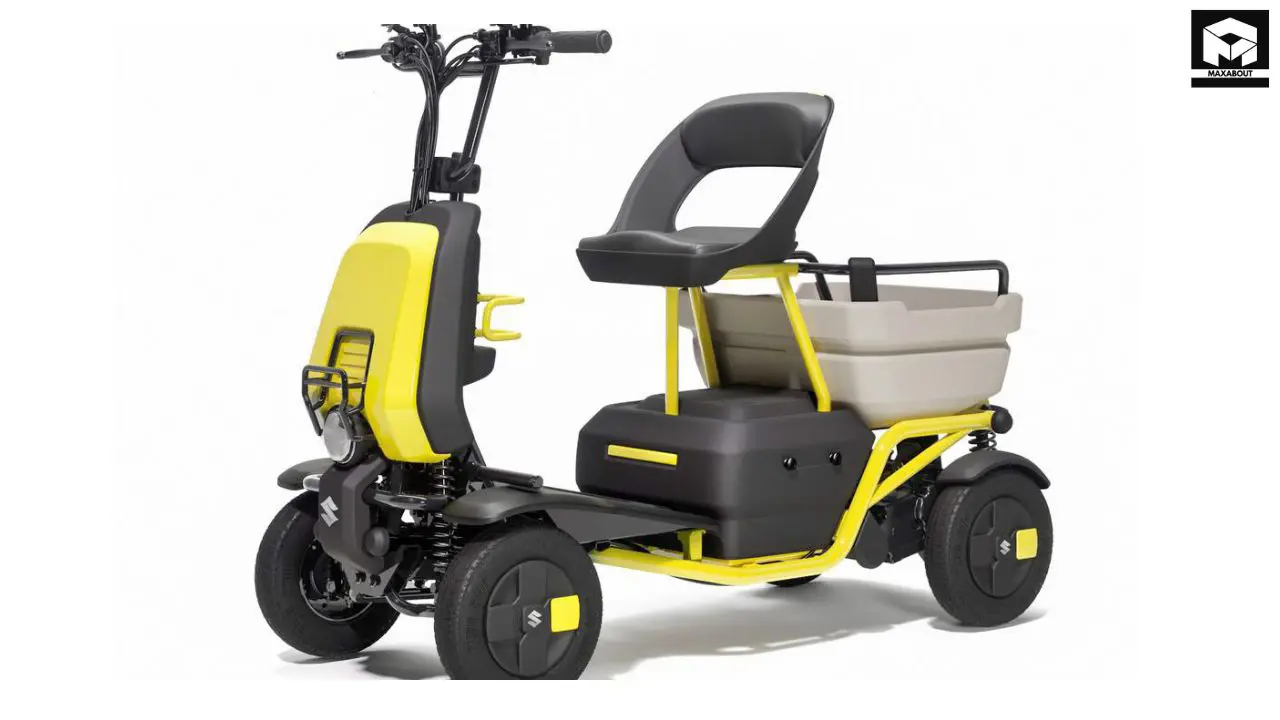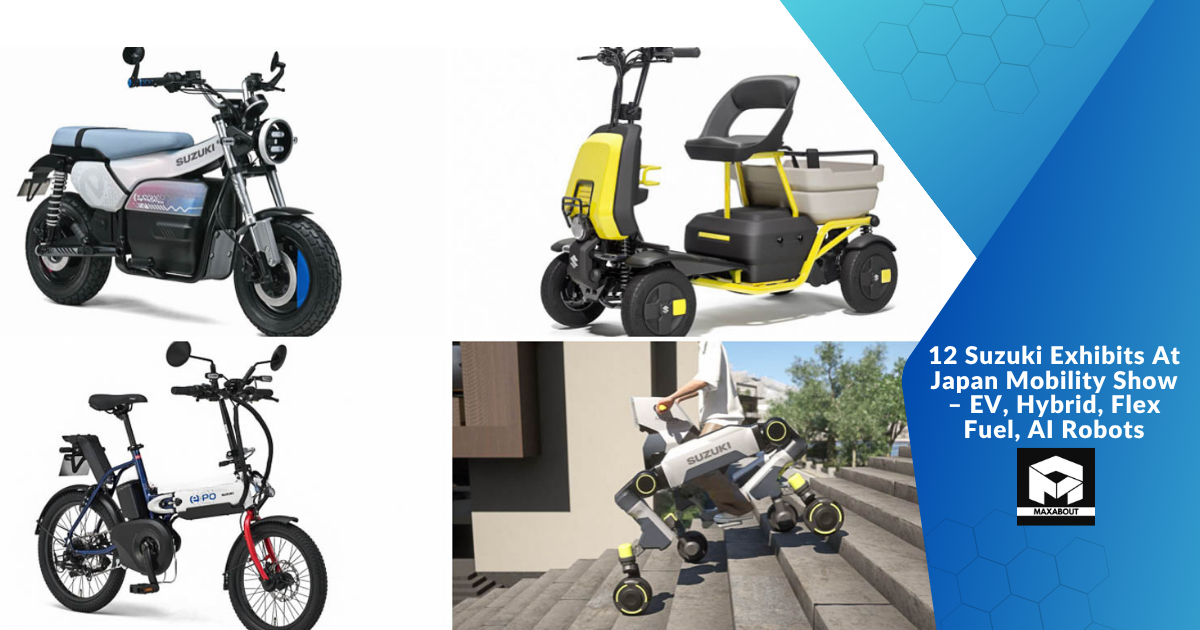Introduction
The Japan Mobility Show (formerly Tokyo Motor Show) has always been a platform for automotive innovation, and this year Suzuki has truly stepped up its game. As someone who follows automotive technology developments closely, I've been particularly impressed by Suzuki's comprehensive approach to future mobility solutions. The company has brought a remarkable collection of 12 exhibits that span electric vehicles, hybrid systems, flex fuel technology, and even AI-powered robots.
What makes this showcase particularly significant is how it represents Suzuki's balanced approach to future mobility. Rather than putting all their eggs in the electric vehicle basket like some manufacturers, they're developing multiple pathways to sustainability. Let's take a closer look at what Suzuki has unveiled and what it means for the brand's future.
Suzuki's Electric Vehicle Lineup

Leading Suzuki's electric charge is the production-ready eVX concept, which represents the brand's serious entry into the global EV market. Based on what I've seen from industry reports, the eVX is particularly significant because it translates Suzuki's expertise in compact, affordable vehicles to the electric space.
The eVX: Suzuki's EV Flagship
The eVX concept isn't just a showpiece – it's a near-production model that's expected to launch in 2024. According to official specifications, this compact electric SUV features:
- A targeted range of approximately 500-550 km (310-342 miles)
- Suzuki's signature compact dimensions while maximizing interior space
- Design cues that maintain Suzuki's rugged SUV heritage with modern EV styling
- Expected competitive pricing to make EV technology more accessible
What's particularly noteworthy about the eVX is how it stays true to Suzuki's brand identity. Unlike some manufacturers who completely reimagine their design language for electric vehicles, Suzuki has maintained its core values of practicality and accessibility while embracing new technology.
Additional Electric Concepts
Beyond the eVX, Suzuki has also showcased smaller electric vehicle concepts that demonstrate the company's thinking about urban mobility. These include compact city cars and what appear to be electric versions of their popular kei cars – the ultra-compact vehicles that are extremely popular in Japan.
These smaller EVs would be particularly well-suited for markets like Japan and India, where Suzuki has traditionally excelled with its compact vehicles that navigate crowded urban environments efficiently.
Hybrid and Flex Fuel Technology
What really stands out in Suzuki's exhibit is their balanced portfolio approach. While many manufacturers have gone all-in on pure electric vehicles, Suzuki is hedging its bets with significant developments in hybrid technology and alternative fuels.
Advanced Hybrid Systems
Suzuki has presented several vehicles featuring their next-generation hybrid systems. Based on technical specifications shared at the show, these systems appear to offer:
- Improved electric-only range compared to their current mild hybrid systems
- Better integration with their compact vehicle platforms
- Lower weight penalties – always a consideration for a brand focused on efficient, lightweight vehicles
- Cost-effective solutions that don't dramatically increase vehicle prices
This approach makes a lot of sense for Suzuki's core markets. In regions where charging infrastructure is still developing, like parts of India and Southeast Asia, hybrids offer significant efficiency improvements without requiring charging infrastructure.
Flex Fuel Innovation
Perhaps the most interesting propulsion technology on display is Suzuki's flex fuel system. This technology allows vehicles to run on various blends of gasoline and ethanol, which is particularly relevant for markets like Brazil and potentially India, where ethanol production is significant.
The technical specifications indicate these systems can operate on anything from pure gasoline to E85 (85% ethanol blend) with automatic adjustments for optimal performance. This represents a practical approach to reducing carbon emissions in markets where biofuels are widely available.
AI and Robotic Technology

One of the most surprising elements of Suzuki's exhibit is their venture into AI-powered robotics. While not traditionally associated with this technology, Suzuki is clearly exploring how artificial intelligence can enhance mobility beyond conventional vehicles.
Mobility Assistance Robots
The mobility assistance robots shown appear designed to help with last-mile transportation and accessibility. From what industry observers have reported, these include:
- Personal mobility robots that can navigate indoor and outdoor environments
- Assistance devices for elderly or mobility-impaired individuals
- Compact delivery robots potentially aimed at urban logistics
This expansion into robotics shows that Suzuki is thinking beyond traditional automotive products and considering mobility in its broadest sense. It's a forward-thinking approach that acknowledges changing demographics, especially in Japan with its aging population.
AI Integration in Vehicles
Suzuki has also demonstrated how AI will be integrated into their future vehicles. According to their presentations, this includes:
- Advanced driver assistance systems calibrated for urban environments
- Intelligent energy management for hybrid and electric vehicles
- Personalized user interfaces that adapt to driver preferences
- Predictive maintenance systems to reduce ownership costs
What's particularly interesting is how Suzuki appears to be implementing these technologies in ways that enhance their core values of efficiency and practicality, rather than simply adding technology for its own sake.
Suzuki's Strategy for Different Markets

A close examination of Suzuki's exhibits reveals a nuanced strategy for different global markets. This makes perfect sense given the company's diverse global footprint, from Japan to India to Europe and beyond.
Tailored Solutions for Key Regions
The different propulsion technologies on display appear targeted at specific markets:
- India: Hybrid technology and potentially flex fuel options, with gradual EV introduction
- Europe: Faster EV adoption with the eVX likely to be a flagship product
- Japan: A mix of electric kei cars, hybrids, and mobility robots
- Southeast Asia and South America: Flex fuel and hybrid technologies that match existing infrastructure
This regionalized approach shows Suzuki's pragmatic understanding that the transition to new mobility solutions will happen at different rates across different markets.
Conclusion
Suzuki's impressive showing at the Japan Mobility Show reveals a company that's taking a thoughtful, multi-faceted approach to future transportation. While many manufacturers have gone all-in on a single technology path (typically pure EVs), Suzuki is developing a portfolio of solutions that can be adapted to different markets and infrastructure realities.
The eVX electric SUV demonstrates they're serious about entering the EV market with a competitive product. Their continued development of hybrid and flex fuel technology shows they understand the transition to zero-emission vehicles will take time in many markets. And their venture into AI and robotics indicates they're thinking beyond traditional automotive products.
For a company that's built its reputation on practical, affordable transportation solutions, this diverse approach feels authentic and strategic. It will be fascinating to watch which of these technologies makes it to production first and how Suzuki implements them across their global markets. Based on what they've shown at the Japan Mobility Show, the future looks bright for this innovative Japanese manufacturer.
Frequently Asked Questions
When will Suzuki launch its first electric vehicle?
Based on information shared at the Japan Mobility Show, Suzuki plans to launch the production version of the eVX electric SUV sometime in 2024. It's expected to be their first global electric vehicle offering.
Will Suzuki's flex fuel technology come to the US market?
Currently, Suzuki doesn't sell passenger cars in the US market, having withdrawn in 2012. Their flex fuel technology appears primarily targeted at markets like Brazil and potentially India where ethanol fuel is widely available.
How does Suzuki's approach to electrification differ from other manufacturers?
Unlike some manufacturers who are going all-in on pure electric vehicles, Suzuki is taking a diversified approach with a mix of EVs, hybrids, and flex fuel vehicles. This appears to be a strategy tailored to their global presence in markets with varying levels of EV infrastructure.
What kind of range can we expect from the Suzuki eVX?
According to specifications shared at the show, the Suzuki eVX is targeting a range of approximately 500-550 kilometers (310-342 miles) on a full charge, though final production specifications may vary.
Is Suzuki planning to sell its mobility robots commercially?
While specific commercialization plans weren't detailed, the presence of these robots at the show suggests Suzuki is seriously exploring this market. Japan's aging population creates a significant potential market for mobility assistance devices.

